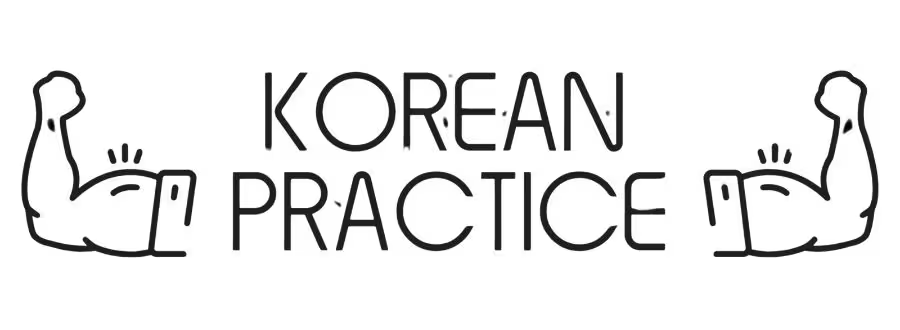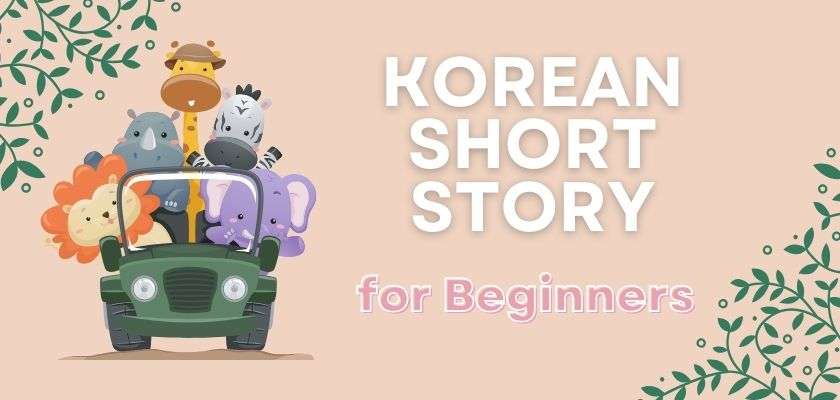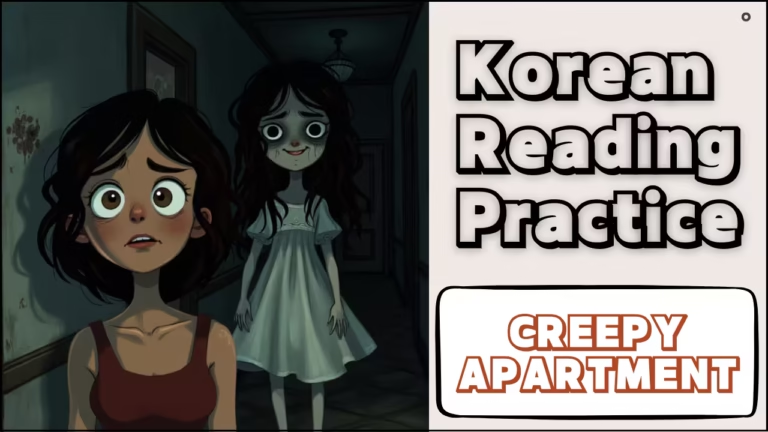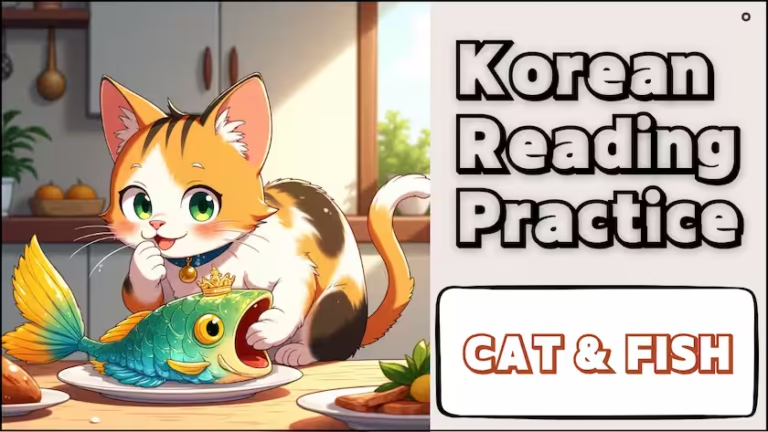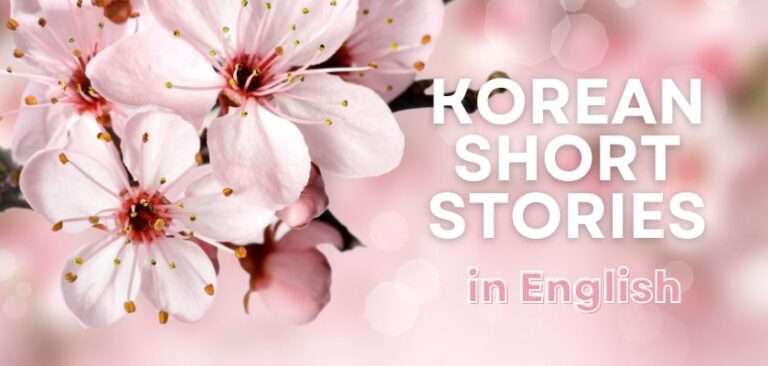Suh ChangWhoon
Written by 서 창훈, a certified Korean teacher with 14+ years of experience in Japan. He previously worked as a government officer, cybersecurity consultant, and English interpreter. Today, he teaches Korean in real classrooms without complex grammar explanations — instead, he trains students’ brains to speak naturally. His unique method is now the foundation of all his Korean courses.
Table of Contents
- Learn Korean Present Tense Through Easy and Fun Stories
- Are you a beginner looking for the best way to learn Korean? Try Korean short stories for beginners—an exciting and effective method to learn grammar, vocabulary, and cultural insights all at once. “Jungle Wildlife” is a specially designed Korean story course that teaches the Korean present tense using simple sentence structures, engaging storytelling, and interactive materials.
Why Learn Korean Through Stories?
Let’s face it—memorizing grammar rules and word lists can get boring fast. But when you learn Korean with stories, especially those made for beginners, the language sticks. You remember words in context, pick up natural sentence patterns, and enjoy the journey.
Here’s why Korean reading practice through stories works so well:
Context-Based Learning: See how grammar and vocabulary work in real-life situations.
Emotional Engagement: Stories capture your attention and make learning fun.
Cultural Insight: Understand Korean culture while learning the language.
Natural Absorption: Stories help you absorb grammar and structure intuitively.
✍️ Related: The best way to improve your Korean skills »

Course Overview: Jungle Wildlife
“Jungle Wildlife (Korean Present Tense)” is a Korean short story for beginners that uses the polite -아요/어요 form throughout the story. It’s perfect for absolute beginners who want to build a strong foundation in the Korean present tense without stress.
With sentence-by-sentence breakdowns, illustrations, flashcards, and quizzes, this Korean story course makes learning easy and effective.
What Makes This Course Unique?
Sentence-by-Sentence Breakdown
Every sentence in the story is broken down for you. You’ll learn:
The original Korean sentence
A pronunciation guide
Word-by-word explanation
English translation
Literal translation
This method helps learners truly understand Korean grammar and vocabulary, not just memorize it.
✍️ Related: Korean sentence structure is more important than grammar »
Interactive & Visual Learning
Each sentence comes with a matching illustration to help you visualize meaning. You also get:
Downloadable flashcards
Quick quizzes for comprehension
Listening practice with native-style pronunciation
Final review session to reinforce everything you learned
Sample Story: Korean Short Story for Beginners
_____ 1 _____

Original Korean Sentence
사자가 코끼리를 잡아요.
Pronunciation Guide
사자가 (sa-ja-ga) 코끼리를 (ko-ggi-ri-reul) 자바요 (ja-ba-yo).
Meaning and Context
사자 (lion) 가 (my subject is the lion) 코끼리 (elephant) 를 (my object is the elephant) 잡 (to catch) 아요 (I’m telling you polite and friendly).
English Translation
The lion catches the elephant.
Literal Translation
Lion catch elephant.
Click to Learn Korean Through This Story!
_____ 2 _____

Original Korean Sentence
사자가 코끼리를 물어요.
Pronunciation Guide
사자가 (sa-ja-ga) 코끼리를 (ko-ggi-ri-reul) 무러요 (mu-reo-yo).
Meaning and Context
사자 (lion) 가 (my subject is the lion) 코끼리 (elephant) 를 (my object is the elephant) 물 (to bite) 어요 (I’m telling you polite and friendly).
English Translation
The lion bites the elephant.
Literal Translation
Lion bite elephant.
_____ 3 _____

Original Korean Sentence
코끼리는 아파요.
Pronunciation Guide
코끼리는 (ko-ggi-ri-neun) 아파요 (a-pa-yo).
Meaning and Context
코끼리 (elephant) 는 (my topic is the elephant) 아프 (to be painful) 아요 (is; I’m telling you polite and friendly).
Pronunciation Patterns for Conjugations
⊳ 프 + 아 = 파
When rapidly pronounced, ‘프’ and ‘아’ naturally combine to form ‘파’.
English Translation
The elephant is in pain.
Literal Translation
Elephant is painful.
This simple sentence format helps you read, understand, and use Korean naturally—especially in everyday polite speech.
Most Korean courses stop at grammar. Mine goes further — stories, breakdowns, and actual practice to make you speak.
Course Features at a Glance
Beginner-friendly Korean short story with present tense grammar
Sentence breakdown with grammar explanations and illustrations
Flashcards for key vocabulary
Quizzes to test understanding after each lesson
Audio recordings for pronunciation and listening practice
Final recap session with a downloadable review
What Will You Learn?
By taking this Korean short story for beginners course, you will:
Master the basic use of Korean present tense (-아요/어요)
Build a core beginner vocabulary
Improve reading comprehension through Korean reading practice
Strengthen listening and pronunciation skills
Develop confidence with structured grammar explanations
Understand basic Korean sentence structure
Who Is This Course For?
This course is ideal for:
Absolute beginners looking for an easy way to start
Visual learners who benefit from image-supported explanations
Busy learners who want bite-sized but effective lessons
Language enthusiasts who enjoy storytelling
Anyone who wants to learn Korean with stories instead of textbooks
Why This Method Works
Other courses may overload you with rules and drills. This one doesn’t. By using stories, we teach grammar, vocabulary, and comprehension all in context. That means:
You understand the “why” behind each sentence
You see how grammar functions in natural speech
You remember what you learn—because it’s interesting!
✍️ Related: 4 Effective learning and practice strategies »
Ready to Begin Your Korean Journey?
If you loved the story sample above, the full “Jungle Wildlife” course is waiting for you. With immersive storytelling, visual guides, and detailed explanations, you’ll go from zero to confident beginner faster than you imagined.
Most Korean courses stop at grammar. Mine goes further — stories, breakdowns, and actual practice to make you speak.
Sign up for my newsletter and get
📖 Korean short stories
🎧 Listening practice with audio
❓ Vocabulary and grammar quizzes
🎁 Free courses
📝 Blog updates
– all delivered straight to your inbox!

